Environmental Physical Chemistry Laboratory
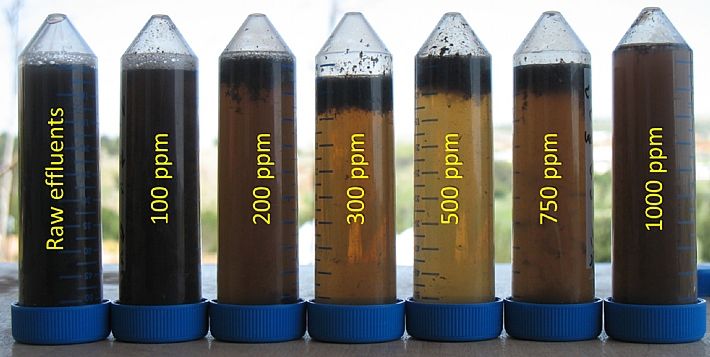
Removal of industrial pollutants from water: We apply nanocomposites, photochemistry and nanotechnology processes for environmental uses in water and effluents, for example: removal of priority pollutants, clarification and removal of suspended solids and turbidity, photodegradation or photostabilization of organic compounds, etc. The processes are optimized for the conditions in case. Studies include theoretical and applicative aspects.
Three different projects already achieved commercial stage:
1)The use of modified activated carbon for the removal leaded the foundation for "ToxSorb" company
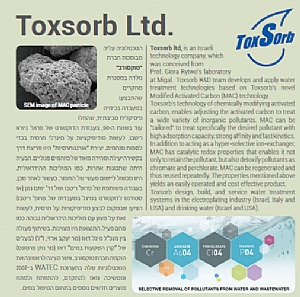
2) Coagoflocculation of winery effluents using clay-polymer nanocomposites (licensed to ICL for commercial production)

3) Photocatalytic degradation of Personal Care & Pharmaceuticals Products (PCPPs) (At final stages of establishing a company together with a Technological Incubator)
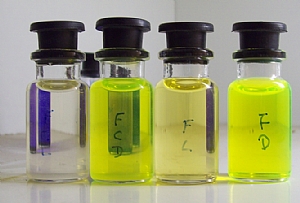
Additional Research Projects
Combined Adsorption Models Surfaces: Adsorption processes are considered to be of significance, since they determine the amounts of nutrients, metals, pesticides, and other organic chemicals retained on soil, affecting the transport and effects of nutrients. Studies combine use of Gouy-Chapman-Stern Double Layer model and Dual-Mode (Langmuir-Partition) model. Combination of several adsorbing sites, allow adaptation to complex adsorbents as soils and soil organic matter, with minimal amount of adjustable parameters. Studies includes sorption kinetics and equilibrium/non-equilibrium conditions.
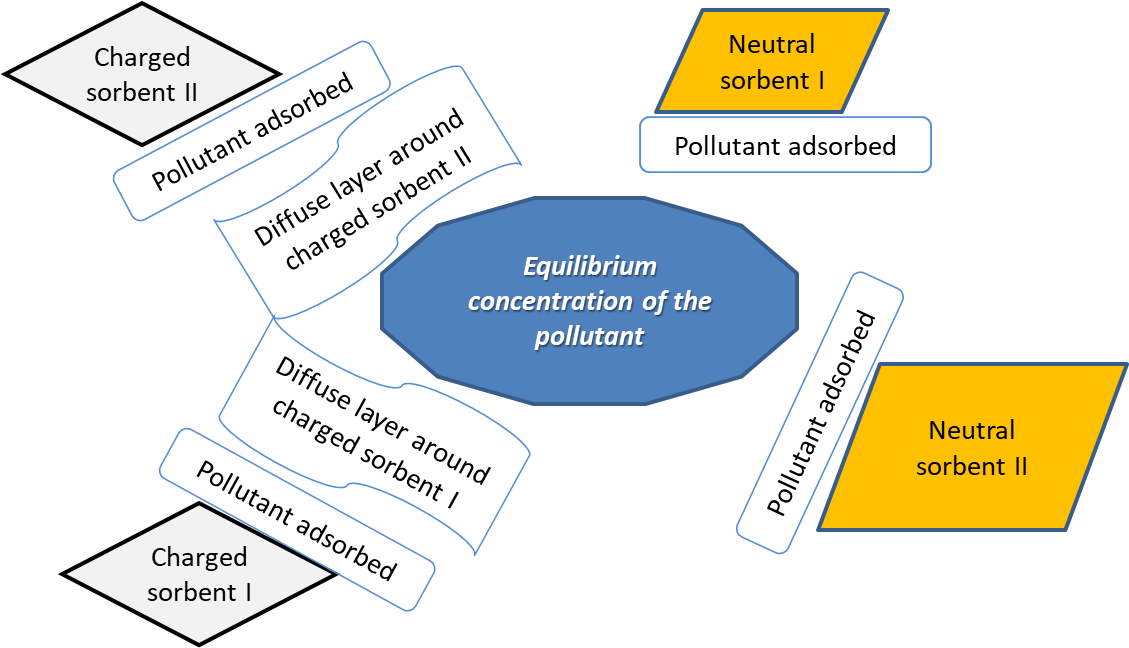
Clay-organic interactions- uses and applications: Studies aim to learn how organic molecules bind to minerals or other sorbents, via which kind of interaction, connecting to which site on the sorbent etc. These studies are an essential step in understanding the mechanisms that may lead to the design of better and more efficient formulations of pesticides, development of targeted release of pharmaceuticals, UV and IR screening for improved effect minimizing skin damage, etc.
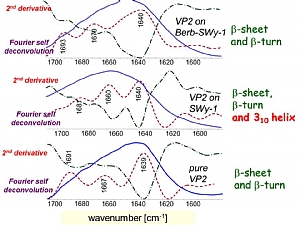
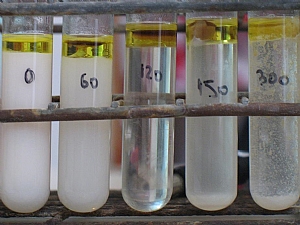
Use of clay, organoclays and nanocomposites in industry: Studies focus on the application of several particles in fining, clarification and stabilization of several food products as wine and edible oil, or its use for stabilization of dyes or other important properties. For that purposes knowledge and techniques acquired in clay organic interactions are applied: influence of hybrid clay-organic particles on flocculation and turbidity, adsorption of organic cationic, polymers and non charged molecules, etc.
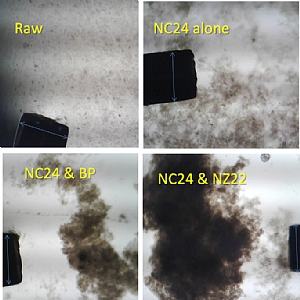
Teaching Clay Minerals and Environmental Sciences: Development of small and simple experiments that aimed to demonstrate the importance of the colloidal fraction of the soil, focusing on clay minerals. Prof. Rytwo was nominated Chair of the Teaching Clay Minerals Committee, International Association for the Study of Clays, AIPEA, between 2009-2014, and since 2016 delivers a course on Environmental Application of Clays, Organoclays and Nanocomposites at the International Master Program in Advanced Clay Sciences (IMACS)
Patents
Rytwo, G. (2017) IL230108 based on WO2012176190 No. PCT/IL2012/000245 on “Method for Pretreatment of Wastewater and Recreational Water with Nanocomposites”, granted 24/12/2017
Rytwo, G. (2019) AU2014307558 based on WIPO WO2015022695 PCT/IL2014/050738, "Method for Pretreatment of Wastewater and Recreational Water with Nanocomposites and Bridging Polymers", granted 21/3/2019
Rytwo, G. (2019) US10273169 based on WIPO WO2015022695 PCT/IL2014/050738, "Method for Pretreatment of Wastewater and Recreational Water with Nanocomposites and Bridging Polymers", granted 30/4/2019
Rytwo, G. (2020) IL244020 based on WIPO WO2015022695 PCT/IL2014/050738, "Method for Pretreatment of Wastewater and Recreational Water with Nanocomposites and Bridging Polymers", granted 1/5/2020
Rytwo, G., Daskal, G. (2020) EP15842324.4 EP3194342 based on PCT/IL2015/050944, WO2016042558A1 priority based on UK Application No.1416495.8, “A system for treatment of polluted effluents” granted 4/11/2020.
Rytwo, G. (2021) 12802734.9, EP 2723690 B1 based on WO2012176190 No. PCT/IL2012/000245 on “Method for Pretreatment of Wastewater and Recreational Water with Nanocomposites”, granted 24/2/2021
Rytwo, G. (2021) 14836529.9 EP3033305 based on WIPO WO2015022695 PCT/IL2014/050738, "Method for Pretreatment of Wastewater and Recreational Water with Nanocomposites and Bridging Polymers", granted 24/3/2021
Rytwo, G., Daskal, G. (2021) IL251146 based on PCT/IL2015/050944, WO2016042558A1 priority based on UK Application No.1416495.8, “A system for treatment of polluted effluents” granted 25/5/2021.
Rytwo, G., Daskal, G. (2021) US15/512,516 based on PCT/IL2015/050944, WO2016042558A1 priority based on UK Application No.1416495.8, “A system for treatment of polluted effluents” granted 15/6/2021.
Rytwo, G. (2021) IN201847034847, 369352 based on PCT/IL2016/050700 WO/2017/158581 "Methods for Production of Potable Water" granted 18/6/2021
Other patent applications (Provisional and PCT)
Rytwo, G. and Y. Gonen (2009) WIPO Pub. No. WO/2009/053972 PCT/IL2008/001370 on "Modified Activated Carbon As Adsorbent For Anionic And Cationic Inorganic Pollutants" April 30, 2009 http://www.wipo.int/pctdb/en/wo.jsp?WO=2009053972
Rytwo, G. (2012) WIPO PCT WO2012176190 No. PCT/IL2012/000245 on “Method for Pretreatment of Wastewater and Recreational Water with Nanocomposites”, filed June 23rd, 2012 http://patentscope.wipo.int/search/en/detail.jsf?docId=WO2012176190
Rytwo, G. (2013) US Patent and Continuation-in-part application No. 13/976,644, “Method for Pretreatment of Wastewater and Recreational Water with Nanocomposites” - filed August 15th, 2013 http://patents.justia.com/patent/20140042100
Rytwo, G. (2014) WIPO WO2015022695 No. PCT/IL2014/050738, "Method for Pretreatment of Wastewater and Recreational Water with Nanocomposites and Bridging Polymers", filed August 15th, 2014 https://patentscope.wipo.int/search/en/detail.jsf?docId=WO2015022695
Rytwo, G., Daskal, G. (2016) PCT/IL2015/050944, WO2016042558A1 based on UK Application No.1416495.8, “A system for treatment of polluted effluents” - September 17th, 2015 https://patentscope.wipo.int/search/en/detail.jsf?docId=WO2016042558
Gutman R, Rytwo, G. (2017) Acicular clays and bio-composites based thereon for use in treatment of metabolic syndrome and related disorders. US provisional patent No. 62/588,664 re-filed November 20th, 2017.
Rytwo, G. (2018) PCT/IL2016/050700 WO/2017/158581 (at national phase) "Methods for Production of Potable Water" https://patentscope.wipo.int/search/en/detail.jsf?docId=WO2017158581
Rytwo, G. (2018) US prov. 62/681,855 "Ambient temperature moderation by combining monitoring of heat flux with changes in heat transfer properties of the walls", filed 07.06.2018.
Rytwo, G. (2020) US prov. 63/005,531 “Modified activated carbon as a matrix for adsorption and deactivation of pathogens in masks and air filters” filed 04.04.2020
Clay-polymer Nanocomposites
The Israeli Ministry of Agriculture is funding a three-years project aiming on the development of environmentally oriented slow- and control-released pesticide formulations based on essential oils and organoclays or nanocomposite platforms. The projects include a cooperation between several scientists, and is coordinated by Prof. Rytwo, that is responsible for the preparation of the clay-based materials that control the evaporation of the plants-oil essences and by that avoid phytotoxicity and achieve a slow-release effect
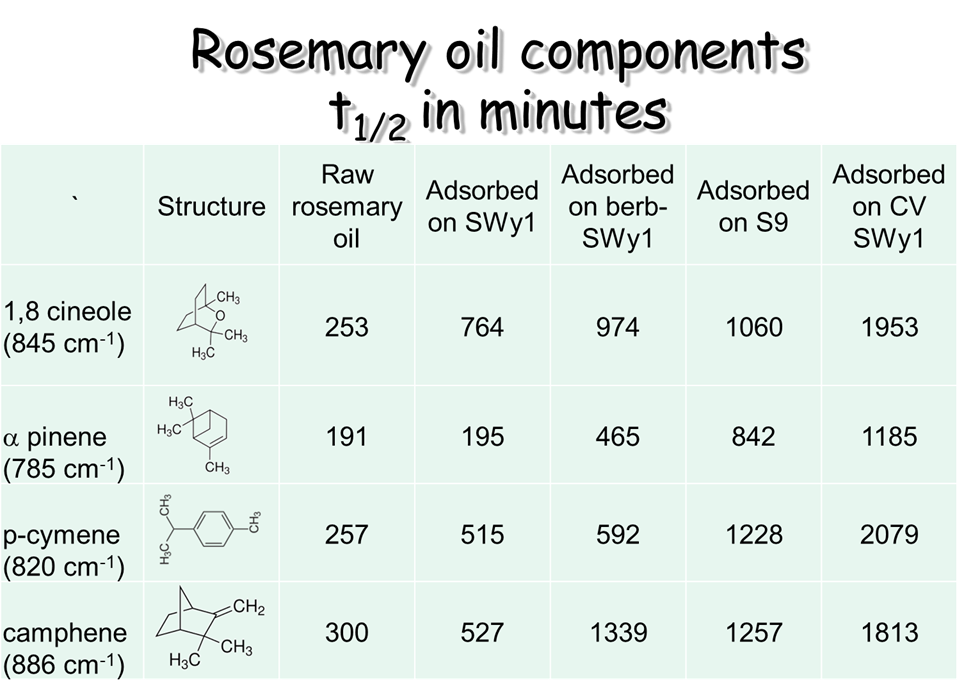
The use of clay-polymer nanocomposites: A technology developed in our Laboratory since 2011, based on the development of specifically designed clay-polymer nanocomposites for the clarification of water is the basis of several patents, part of them already granted (in US and Israel), and at last stages of National Phase in Europe and other places. The license for the use of the technology in wastewater and effluents was assigned to ICL Haifa, a global manufacturer of products primarily in three markets: agriculture, food and engineered materials, and one of the largest chemicals companies in Israel. Since 2015 they are responsible for the introduction of the product known as "NC" to the industrial and domestic wastewater treatment in Israel and around the world (additional information in this press release, and at the following advertising movies: 1, 2)
Coagoflocculation of winery effluents using clay-polymer nanocomposites
Mrs. Maya Samuels (from Har VaGai School) performed a study on Stabilization and Metachromasy of adsorbed dyes on clays, under Prof. Rytwo supervision at MIGAL laboratories. Maya earned with the project the following prizes (a) the Israeli Ministry of Education for Gur Arieh 2011 Prize, (b) the Intel ISEF for their 4th award in Chemistry 2011 competition (c) Davidson Institute at Weizzmann Academy – 1st prize, and (d) was chosen to participate in the Stockholm International Youth Science Seminar (SIYSS) and to present this study at the 2011 Nobel Prize Ceremony in Stockholm as one of only 24 students in the world who attended the event. Additional information can be found at several websites (e.g. Ynet, Interlochen, Focus, etc.)
Modified activated carbon for the removal of pollutants: A technology developed in our Laboratory in 2007, that uses modified activated carbon for the removal of heavy metals and oxyanions in industrial and potable is applied by ToxSorb Co., a water technology "Cleantech" company that works since 2008 (company website, additional details), with clients in Israel, Italy and USA.
Chromate removal by modified activated carbon
Pharmaceuticals and personal care products are considered the "next generation" of pollutants. Such consumed by us, reach water treatment plants (WTPs), that can't degrade them. Thus, water released by WTPs contains very low concentrations of medicines and other compounds, and those reach rivers or irrigated crops. Prof. Rytwo and their team developed a technology that fully decomposed those chemicals by advanced oxidation photocatalyzed processes. A new company by a technology incubator is been established aiming to commercialize devices based on this technology.
Photodegradation of pharmaceuticals - From Channel 10
Prof. Rytwo's Courses at "Town-Square Academia" Community Project: The project is an education initiative in The Upper Galilee offering academic-level courses accessible to general public at a symbolic fee of NIS 20 (less than $5) per course, used to support the organization costs. Additional details on the project at "The Guardian" website , and at this TEDx lecture. Each year Prof. Rytwo delivers a course on physical-chemistry various topics as "The Modern Physics' Revolution", "Understanding Weather Parameters", "Understanding Water Pollution", "Daily Thermodynamics- Engines and Refrigerators".
Videos presentation at the 250th American Chemical Society
The use of an X-ray dispersion analyzer to study sedimentation patterns: clay minerals as an example. Presentation at the 250th American Chemical Society National Meeting & Exposition, in Boston, MA, August 2015.
A continuous-flow device for photocatalytic degradation and full mineralization of priority pollutants in water. Presentation at the 250th American Chemical Society National Meeting & Exposition, in Boston, MA, August 2015.
